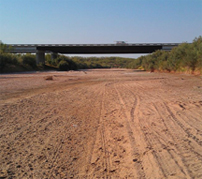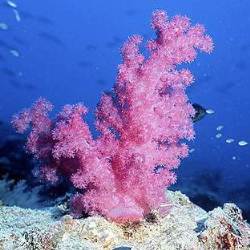Water at ESI

The water resources around the world are stressed by rapid population increases, rising demand, and limited supply. Located in Central Texas, where the humid southeast meets the arid southwest, The University of Texas at Austin and ESI are uniquely situated to explore the challenges that water presents in the 21st Century.
Texas Water Research Network
 The Texas Water Research Network provides a forum and encouragement for research about water science, management, and policy. Solutions to Texas’ water challenges will be addressed through new knowledge, innovative approaches, as well as through the synthesis of existing knowledge. This is of special significance for Texas water challenges related to the rapid population growth and projected changing water availability in the state in the 21st Century.
The Texas Water Research Network provides a forum and encouragement for research about water science, management, and policy. Solutions to Texas’ water challenges will be addressed through new knowledge, innovative approaches, as well as through the synthesis of existing knowledge. This is of special significance for Texas water challenges related to the rapid population growth and projected changing water availability in the state in the 21st Century.
This effort is supported by the Cynthia and George Mitchell Foundation and the National Science Foundation.
Committee looks to integrate research into drought planning

A group of Texas university professors and agency staff (including ESI Director Jay Banner and ESI research staff) has formed a Drought Technology Steering Committee to better understand how university research-based information can help in understanding and facing drought in Texas.
Five Key Lessons (and Challenges) from the Great Texas Drought

Perhaps the only positive thing about the 2011 drought in Texas, the state’s worst single-year drought in history, is that it ended up being the mother of all teaching moments. Scientists at UT-Austin are at the forefront of research to make the state better prepared for future water shortages. So what have we learned from the 2011 drought? Here are five key lessons. -Marc Airhart, Jackson School of Geosciences
How El Niño, La Niña and Hurricanes Fill Texas Streams

In a paper in the Texas Water Journal, Raymond Slade Jr. and T. Edwin Chow describe how El Niño and La Niña climatic conditions affect seasonal streamflow in Texas and emphasize the importance of hurricanes in Texas floods. They present historical precipitation data that, “… reveal that greater rainfall generally occurs during La Niña periods for summer months but greater rainfall typically occurs during El Niño periods for other months. Annual streamflow peaks cannot be attributed to El Niño or La Niña conditions, but typically occur during the hurricane season (June through November), especially for the largest peaks.”
Water Research

ESI researchers have been at the forefront of exploring Texas’s water future, including the impacts of climate change on that future. For example, together with other ESI-affilated faculty and graduate students, Dr. Jay Banner, Director of ESI and Professor at the Jackson School of Geosciences recently published a white paper on Climate Change Impacts on Texas Water, with recommendations for the future. This paper was featured in the inaugural issue of the Texas Water Journal.For more about ESI faculty and their research, visit ESI’s affiliated faculty page.
Water Outreach

Educating the public about the importance of biodiversity is imperative to our global future. For example, Dr. Tyrone B. Hayes wowed hundreds of Hot Science – Cool Talks participants by presenting (and rapping about) the impact of atrazine in water soures on the reproductive development of frogs. For more information, visit the Hot Science – Cool Talks Outreach Series.
Water Education

Situated on the Edwards Aquifer, students at UT-Austin have a unique natural laboratory through which they can explore water issues. For example, this spring in Marine Ecology (MNS 320), Professor Deana Erdner from UT’s Department of Marine Science and its Marine Science Institute, is introducing more than 50 undergraduate students, including participants in the EVS Program, about ecological processes at different levels of integration in marine ecosystems